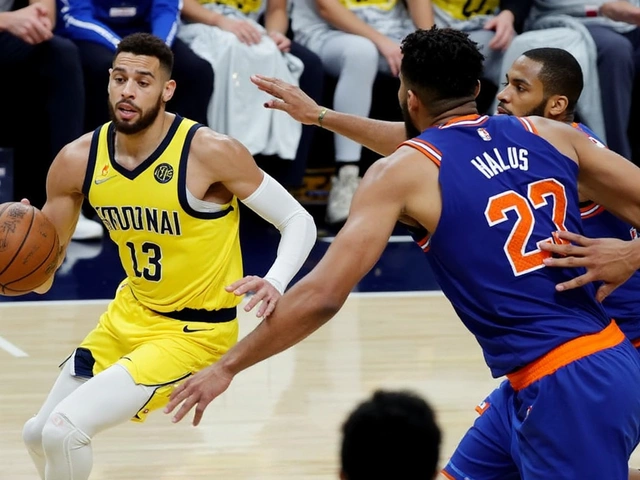Imports for NY Sports Coaching: A Practical Guide
If you’re a coach in New York, you know good gear can make the difference between a win and a loss. But the best equipment isn’t always made here, so importing becomes a daily reality. This guide breaks down why imports matter, how to keep costs low, and what steps to follow so your team never misses a practice.
Why Imports Matter for Coaches
Most top‑rated soccer balls, basketball nets, and conditioning tools come from manufacturers in Europe or Asia. Importing gives you access to the latest technology, better durability, and often better pricing than local alternatives. It also lets you stay ahead of trends—think smart training mats with built‑in sensors that many US vendors haven’t stocked yet.
Besides quality, imports affect your budget. Bulk orders from overseas can shave up to 30% off the retail price, freeing cash for other program needs like scholarships or travel. The trade‑off is navigating customs, shipping times, and paperwork, but the savings usually outweigh the hassle.
Step‑by‑Step Import Process
1. Identify reliable suppliers. Start with platforms like Alibaba, GlobalSources, or direct factory websites. Look for reviews, years in business, and any certifications (ISO, CE). Ask for sample products before committing to a large order.
2. Check import regulations. The U.S. Customs and Border Protection (CBP) has rules on material safety, especially for items like foam pads or textiles. Use the HTS (Harmonized Tariff Schedule) to find the correct duty rate—most sports gear falls between 0% and 7%.
3. Calculate total landed cost. Add the product price, shipping, insurance, duty, and any broker fees. Online calculators can give a quick estimate, but always add a 10% buffer for unexpected charges.
4. Choose a shipping method. Air freight is fast but pricey; sea freight is cheap but takes weeks. For small orders, express couriers like DHL or FedEx handle customs clearance for you, though at a premium.
5. Prepare documentation. You’ll need a commercial invoice, packing list, bill of lading (or airway bill), and an import license if the product is regulated. A customs broker can file the entry and keep you out of trouble.
6. Track and receive the shipment. Use the carrier’s tracking portal to monitor progress. When the goods arrive at the port, arrange for local transport to your facility. Inspect the items immediately for damage or missing pieces.
7. Keep records. Store all invoices and customs forms for at least five years. This helps with audits and can simplify future imports.
Following these steps reduces surprise fees and keeps your training schedule on track. Many NY coaches set up a yearly calendar that aligns bulk orders with off‑season periods, ensuring equipment arrives just before the new season starts.
Don’t forget to leverage local resources. The New York State Department of Economic Development offers webinars on import best practices, and some freight forwarders provide free consultations for sports organizations.
Ready to upgrade your program? Start by listing the items you need, reach out to three suppliers for quotes, and run the cost calculator. Within a few weeks you’ll have a clear picture of how much you’ll spend and when the gear will land on your gym floor.
Importing doesn’t have to be daunting. With the right plan, you’ll get high‑quality gear, stay within budget, and keep your athletes performing at their best. Happy coaching!
Kieran Lockhart, Jul, 20 2025
Tesla Cybertruck Owner Gets Vehicle Back—But Forbidden to Drive It on UK Roads
A Tesla Cybertruck imported from the U.S. was seized by Greater Manchester Police over safety concerns and lack of certification. Returned to its owner, the truck is still banned from UK roads due to non-compliance with local safety standards. The case highlights the tough regulations that U.S.-spec vehicles face in the UK and Europe.
View More




